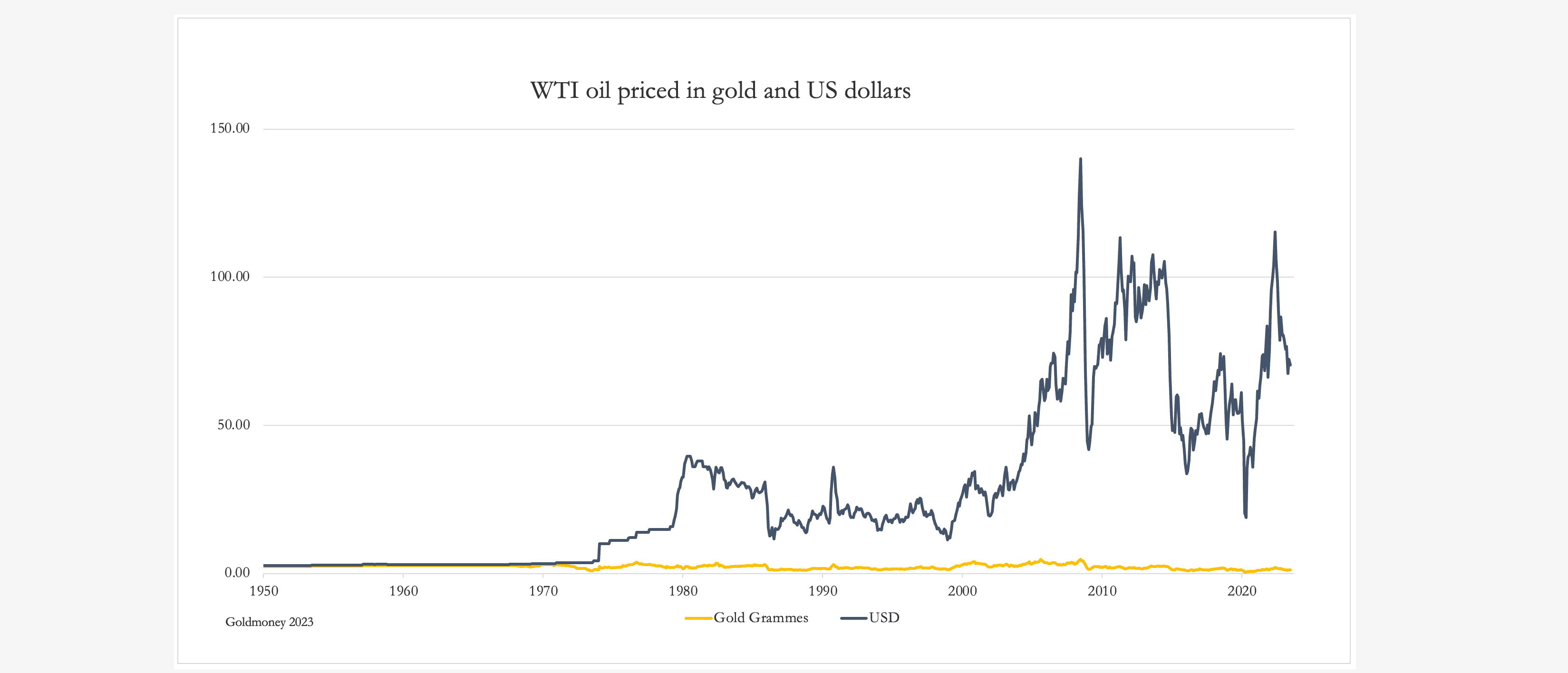Many Austrians think that the idea of a double dip recession is ridiculous, because we never left the original primary dip; the upcoming ‘double’ dip will just be the second leg down of the same overall depression, whose direct genesis can be found in Richard Nixon’s decision to abandon the final shreds of the Bretton Woods gold standard, in 1971.
The illusory ‘green-shoots’ recovery period in-between the primary dip and the double dip will eventually prove to be nothing but a temporary mirage created by central banks pushing paper into the world to fool everyone into thinking they were wealthier than they actually were, to cajole them to spend and to consume, when the smart and obvious thing to do was to tighten belts and to clear debt.
Indeed, that is what the private sector has tried to do, much to the alarm and consternation of the money quacks in government central banks, who have tried to reverse this natural de-leveraging by forcing the hapless patient to gorge on volcanic explosions of paper spewing out of the white holes of quantitative easing and the smoke and mirrors of central bank ‘open market operations’ designed to prop up government sovereign bond markets.
However, let us put that to one side for the moment and revert to the language of the mainstream. Let us pretend that the first dip had a lift, at least in nominal terms, as revealed via government statistics celebrating upward-projecting figures measured in terms of government paper scrip. Is this a ‘real’ recovery or is a double dip depression leg coming?
You might want to hear Robin Griffiths answer this question, as broadcast via a King World News interview released last week:
Robin Griffiths is Cazenove Capital Management’s Private Wealth Strategist and although not necessarily an Austrian, he reveals some rugged thoughts concerning the immediate financial future for the western world. These binocular views of stormy weather ahead are based upon many years of widely acknowledged forecast accuracy, experience, and precise technical analysis; they are summarised below:
- Markets will start falling in September, as the ‘green shoots’ recovery period falters, following a really modest ‘recovery’ funded by the kind of government borrowing not seen since WWII
- There will be a climactic market low in October, with price earnings ratios challenging bear market records
- There will then be a market rally, but this will run out of steam in March next year, rather than the usual May
- Further rounds of quantitative easing may then be indulged in by the government central planners at the government central banks to counteract this petering out of growth, however these paper currency printing boosts will fail to lift the market
- This is due to ordinary people being much more concerned about getting out of debt rather than engaging in yet more consumption beyond their means
- The double dip will then really hit in March, and most people will finally realise we are in a depression
- On gold, Mr Griffiths thinks it has risen too far too quickly, and will fall back, especially during the predicted October fall, perhaps to as low as $1,040 Dollars an ounce
- Gold will then recover in the New Year, especially when people turn to it as a safe haven once they realise we are really entering a depression, rather than emerging from a recession
- The predicted eventual price rise of gold will be somewhere in the region of $2,500 Dollars an ounce




Comments are closed.